Descripción
Esta nueva edición cubre los conceptos centrales de las técnicas prácticas de optimización, con énfasis en métodos que son tanto de vanguardia como populares. Una idea importante es la conexión entre el carácter puramente analítico de un problema de optimización y el comportamiento de los algoritmos utilizados para resolver un problema. Este fue un tema principal de la primera edición de este libro y la cuarta edición amplía e ilustra aún más esta relación.
Como en las ediciones anteriores, el material de esta cuarta edición está organizado en tres partes separadas. La Parte I es una introducción independiente a la programación lineal. La presentación en esta parte es bastante convencional y cubre los elementos principales de la teoría subyacente de la programación lineal, muchos de los algoritmos numéricos más efectivos y muchas de sus importantes aplicaciones especiales. La Parte II, que es independiente de la Parte I, cubre la teoría de la optimización sin restricciones, incluidas las derivaciones de las condiciones de optimización adecuadas y una introducción a los algoritmos básicos.
Esta parte del libro explora las propiedades generales de los algoritmos y define varias nociones de convergencia. La Parte III extiende los conceptos desarrollados en la segunda parte a problemas de optimización con restricciones. Excepto por algunas secciones aisladas, esta parte también es independiente de la Parte I. Es posible pasar directamente a las Partes II y III omitiendo la Parte I y, de hecho, el libro se ha utilizado de esta manera en muchas universidades.


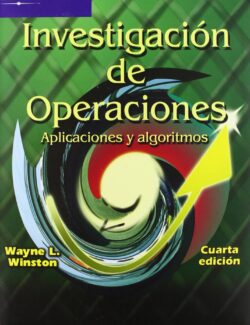


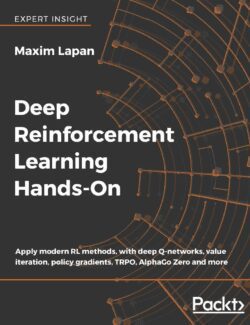
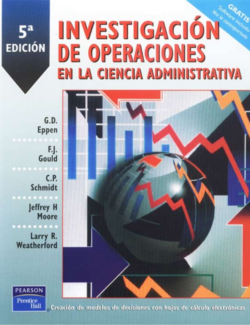
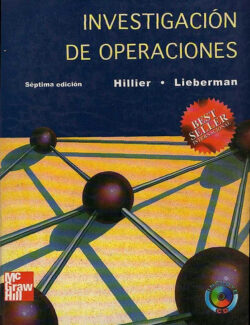
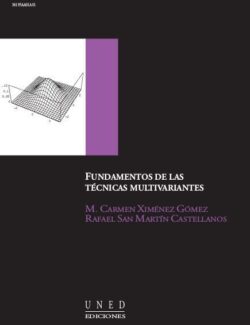
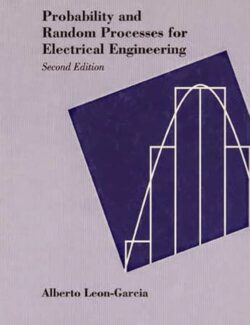
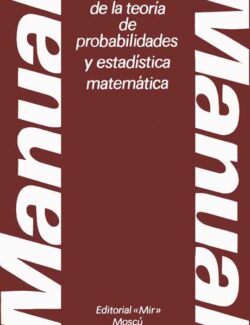
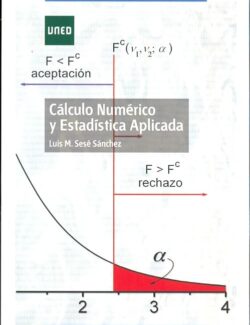
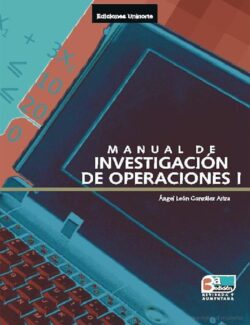
¿Qué piensas de este libro?
No hay comentarios